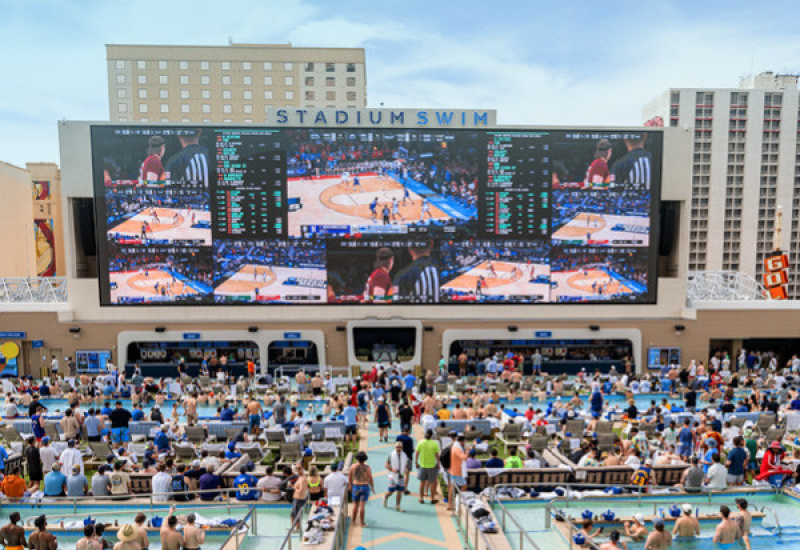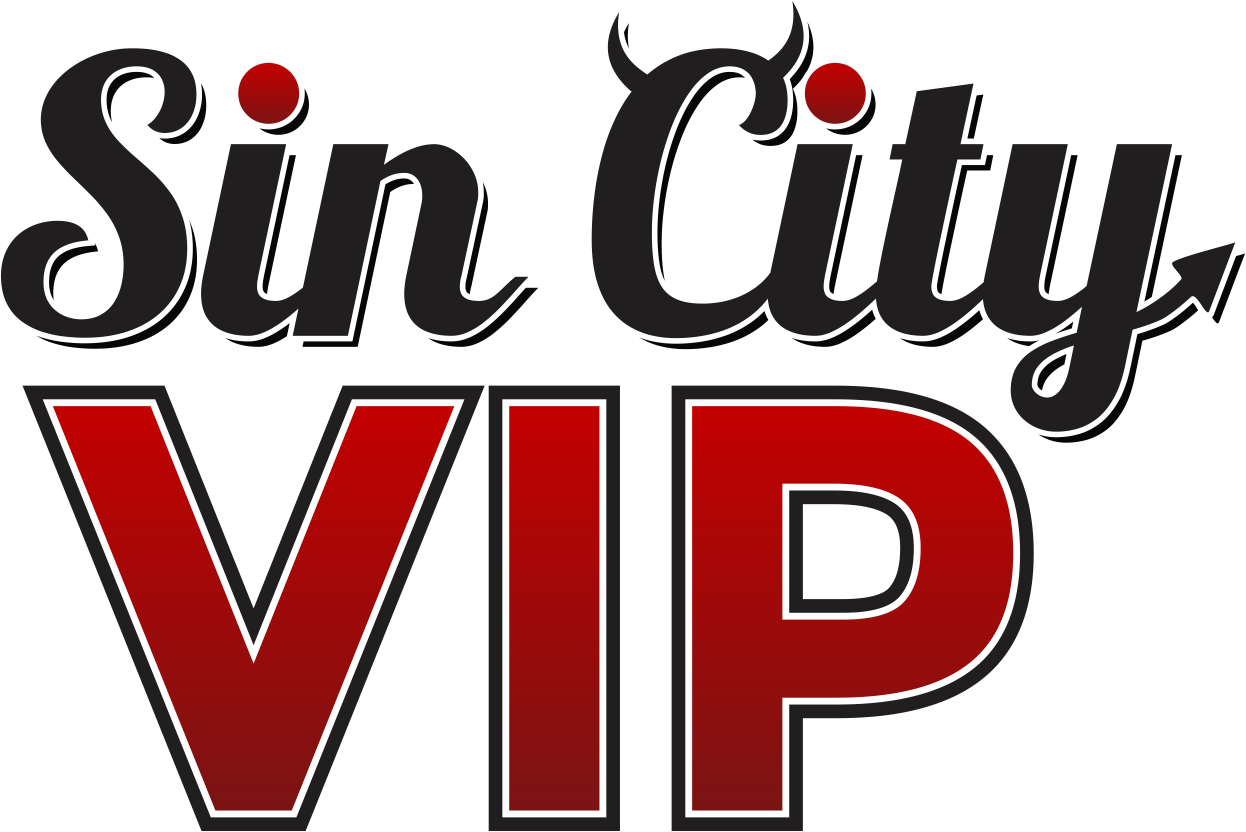When one thinks of a tech party, visions of bespectacled clusters of programmers debating the pros and cons of iOS Sierra and discussing the rise of augmented reality, and the future of 3D printers may come to mind, but, at CES, techies show that they know how to party. In fact, they redefine partying, ushering in new standards that the traditionally “cool” industries—like fashion and music—can only hope to aspire to. Vegas brings out the party animal in everyone, and lavish bashes have become a hallmark of CES.
While spending untold amounts on a party with free-flowing liquor, world-famous DJs, and renting out some of the country’s most exclusive nightclubs may sound like they fall firmly in the “debit” column of a company’s ledger, it is not without strategy and reward that they spend this money. Yes, there are the benefits that come with fostering a sense of fun within the company and bringing its employees together, but it is far more than that. Companies spend untold amounts of money of public relations and advertising campaigns, and these parties are an incredibly powerful tool for building brand visibility. Journalists can’t resist writing about a good party, and, over the years, there have been more than a few news-making parties.
In fact, many journalists reported that their booth was less-than-splashy at the convention. The mileage they got in the traditional media and on social media was worth more.
As CES approaches, we’re counting down the best of the best. The most Epic CES Parties:
3. AT&T’s 2014 Bash with Macklemore that led to T-Mobile Exec Getting Booted Out of Rain Nightclub at the Palms.
Innocuously named a “Developer Summit”—sounding more like a long, drawn-out meeting with numbers and code than fun—AT&T brought Macklemore and Ryan Lewis to the Palms Nightclub for their CES merriment. A T-Mobile exec even attempted to crash the party to see Macklemore and Ryan Lewis—despite the contentious relationship between the two companies, the lure of a great party is just too hard to resist—leading to more press when he got kicked out of the fun. How did he get kicked out? A CNet reporter tweeted a picture with Legere—exactly the kind of brand awareness both companies were looking for out of the party.
2. CNet’s Blowout
The Las Vegas Sun calls CNet’s CES party “one of the most anticipated and exclusive tickets” of the conference, and it is easy to see why. At Simon Restaurant at Palms Place, chefs served up sushi and a junk food platter—which included everything from cotton candy to snowballs to their own version of Rice Krispy treats, made from Fruit Loops, instead—while the dance floor got going. Attendees who weren’t too stuffed from caramel corn and cupcakes to move out of their food coma danced the night away to a private DJ, spilling outside, where more dancing, drinking, and fun continued into the morning hours.
Companies inspired by parties like Microsoft’s party to end all parties, though, often run into snags when they are planning, finding that negotiating with casinos and nightclubs can be fraught with frustration and expense, even if they are planning what they consider to be a simple breakfast. Companies of all sizes are increasingly turning to party planning companies with local connections to Las Vegas, like Sin City VIP, so that they are able to not only negotiate the kind of deals that only Las Vegas locals can get, but also to focus on what they do best. As the trend of brand-raising parties grows, more and more companies will be finding themselves competing with each other, making it even more difficult for them to negotiate with casinos.
Despite the many challenges involved with planning such an event, companies find that the benefits outweigh the expense, and they are pushing ahead with bigger and better plans, motivated to outdo each other in positioning their company’s brand. This year’s CES promises to bring the noise again, and all eyes will be on Microsoft to see how they outdo themselves. Show-stopping parties are becoming not only a CES tradition, but also a convention tradition.

